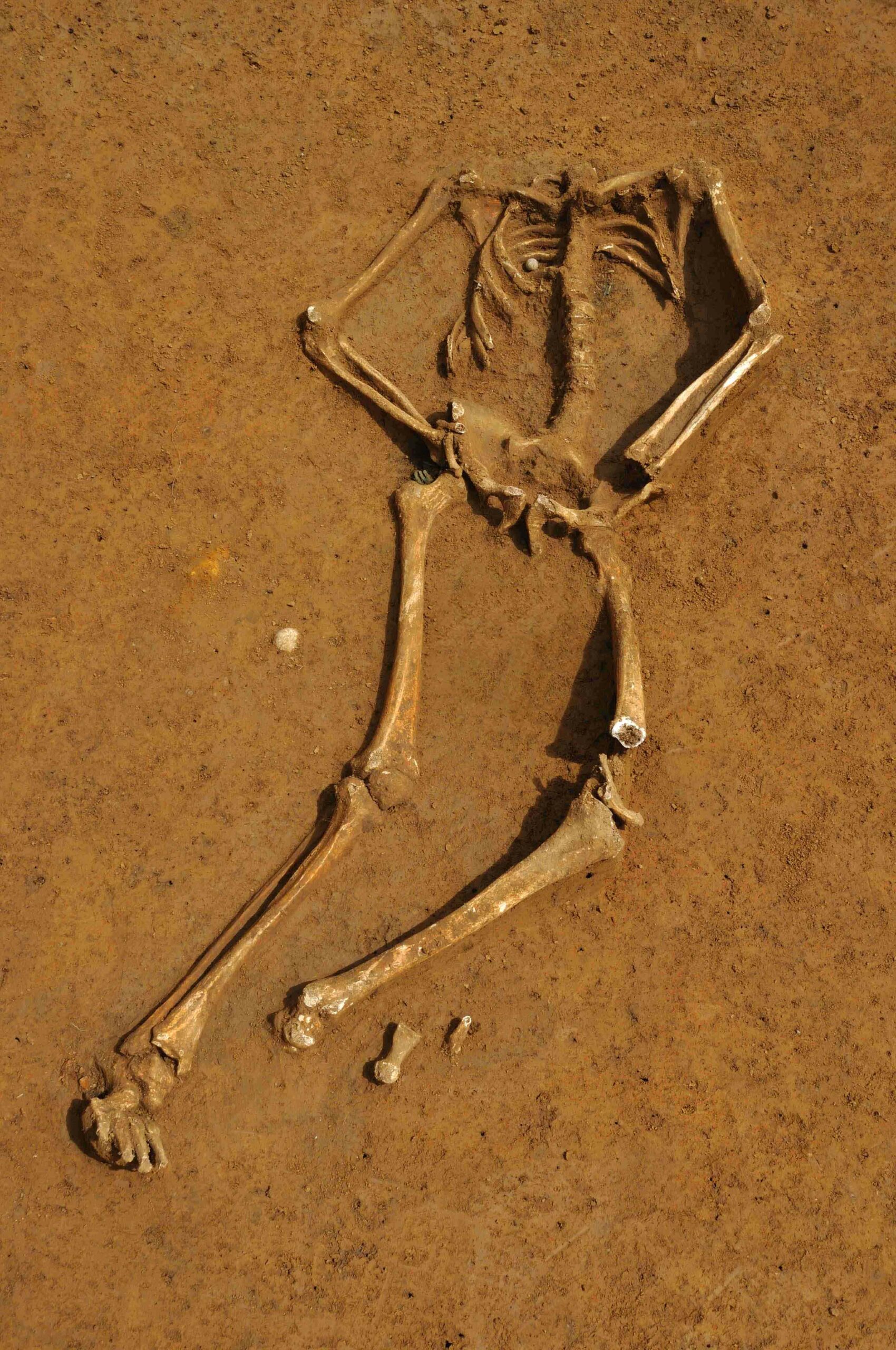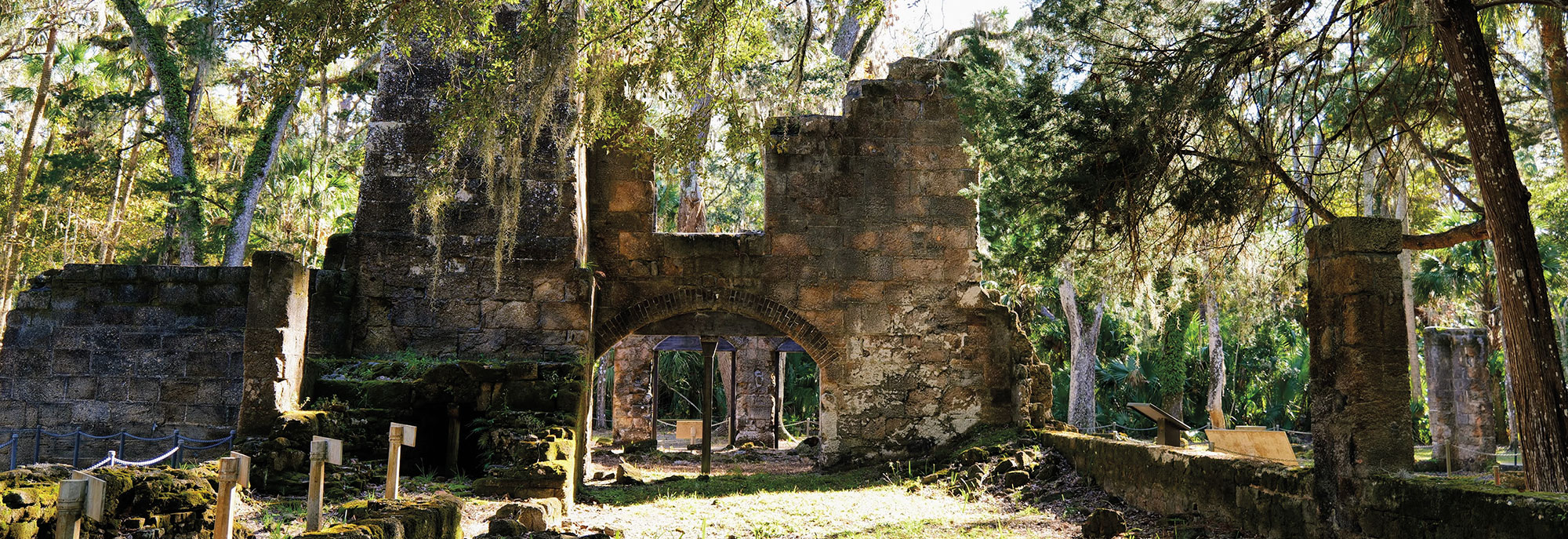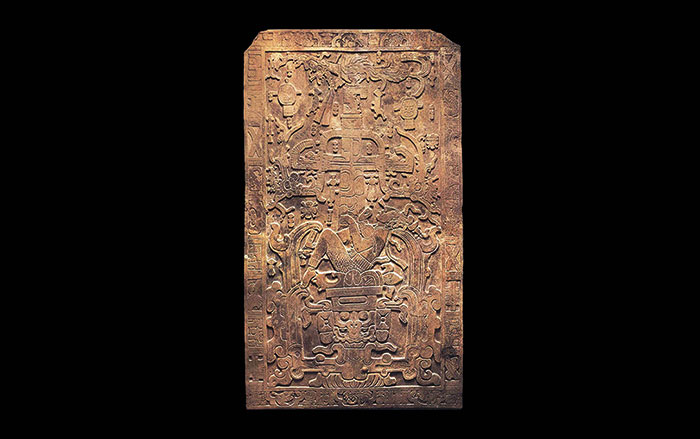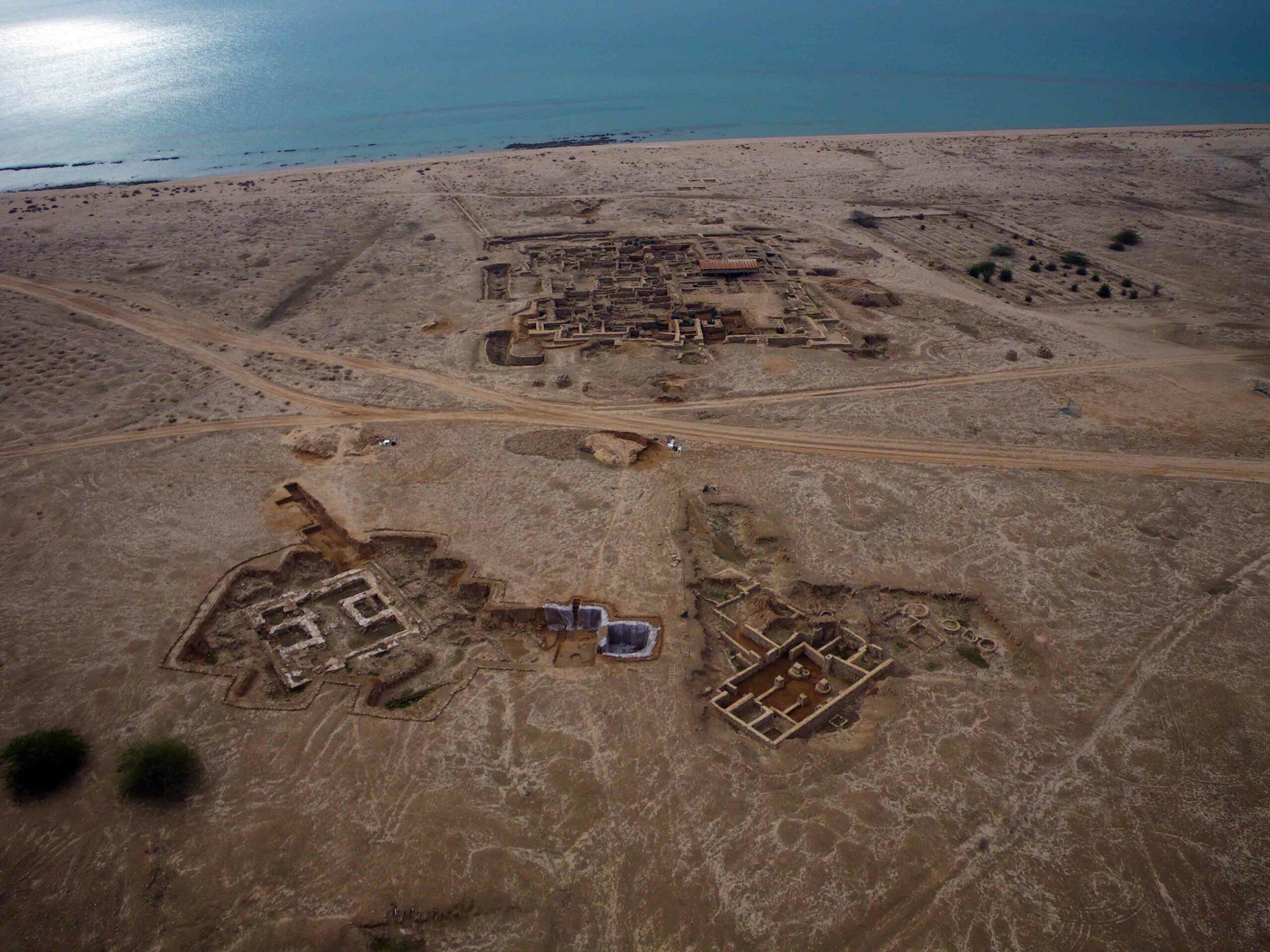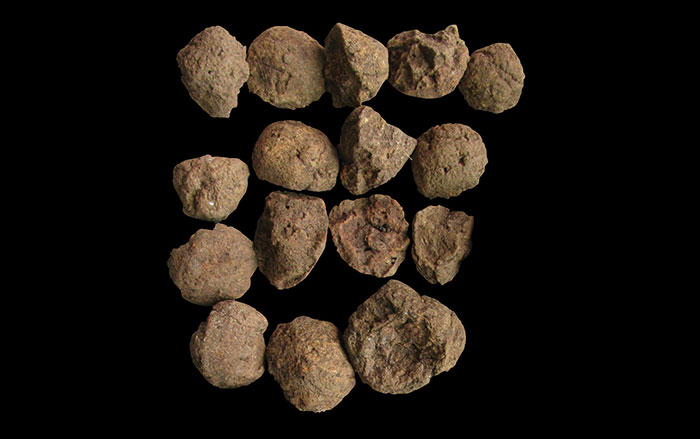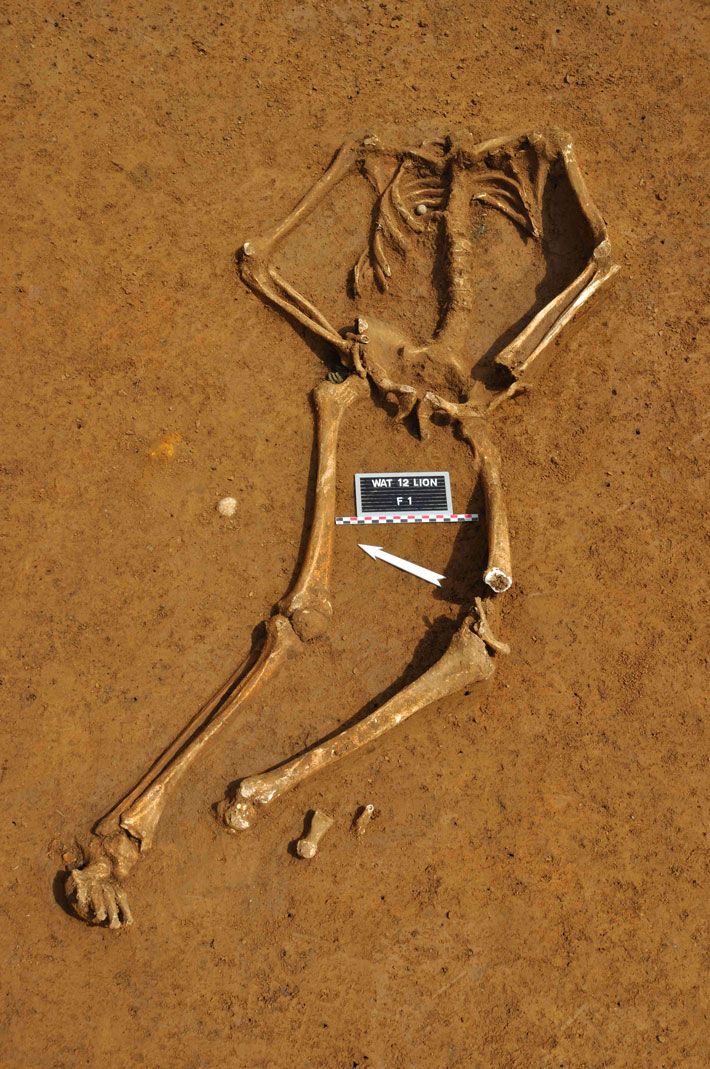
UPDATE: In early 2015, the soldier's remains were identified as possibly being those of Friedrich Brandt, a member of the King’s German Legion, made up of German soldiers who fought with the British Army during the Napoleonic Wars.
The battle began mid-morning, Sunday, June 18, 1815. Throughout the day, more than 200,000 soldiers met on a piece of land only 2.5 miles square near the small Belgian town of Waterloo. Blinded by smoke from gunpowder, deafened by cannon blasts, and in constant fear of long-distance gunfire, close-range saber fights, or being trampled in a cavalry charge, the soldiers fought on. By evening, the battleground was completely covered with the wounded, dead, and dying. The Allied forces, led by the Duke of Wellington and the Prussian General von Blücher, had defeated Napoleon’s Grande Armée by the slimmest of margins, signaling the end of the emperor’s reign in France and ushering in a period of prosperity and peace in Europe that would last for nearly half a century. But a battle’s stories are not only those of dethroned monarchs, victorious generals, or territory gained or lost. Sometimes the remains of the men who died on that day tell the richest tales.
Behind the British lines, away from the battlefield, a single soldier lay mortally wounded by a musket ball. Perhaps he dragged himself behind the front line, dropped to the ground to rest, and died not long after. Or maybe he expired before he could be transported to the infirmary, less than 1,000 feet away. He likely died in the early to middle part of the day and was quickly buried by his comrades or by an explosion that churned up the earth and covered his body. Had he died at the end of or after the battle, his corpse would have been recovered by soldiers collecting their dead. But this soldier would have to wait a while longer for someone to tell his story.


Almost two centuries after the soldier’s death, the role of storyteller fell to archaeologist Dominique Bosquet of the Université libre de Bruxelles. He found the soldier while excavating before construction near the battle monument known as the Lion’s Mound. For Bosquet, the discovery was a complete surprise. “I think this is a unique case,” he says. “We excavated 120 trenches in this area, covering more than half an acre, and found almost nothing and no other remains.” In fact, the soldier is not just the only one to have been found in this area—he is the first and only British soldier to have fought and died at Waterloo ever discovered on the site. (Another soldier was supposedly found in the early twentieth century; however, later DNA analysis showed that the remains came from two different people and that that “soldier” was a forgery.) Although the soldier’s head and one of his knees were destroyed by a bulldozer, and some of the bones of his hands and feet were damaged either by a plow—the area has long been a wheat field—or perhaps by a battlefield explosion that tore them away, the skeleton is remarkably intact. Bosquet is able to say that he was between 20 and 29 years old, about five feet three inches tall, with a slender frame.

But, in some ways, the artifacts the archaeologist has recovered are able to tell even more of the soldier’s story than his remains can. At his hip, where his pocket would have been, Bosquet uncovered a spoon, a belt buckle, and 22 coins, as well as small pieces of fabric that probably belonged to the soldier’s uniform. Hoping it would have a mark that would enable him to identify the soldier’s regiment, Bosquet took X-rays of the spoon but, disappointingly, no such marks were visible. Bosquet holds out hope that the buckle, which is currently being conserved, may have some identifying marks. It was found near the soldier’s right leg and Bosquet suggests it could be from a belt used as a tourniquet to stop the bleeding from a battlefield wound, possibly the one that damaged his feet and hands. And among the coins, most of which are still awaiting cleaning and identification, there is a French half franc dating to 1811. “Perhaps in Belgium, English soldiers paid in French money in cabarets,” says Bosquet. “Or he may have stolen it from a dead French soldier's pocket.
The archaeologist was able to identify the soldier as British not only by his position behind the British lines—in the chaos of the battlefield soldiers could easily find themselves on the wrong side—but by the musket ball still lodged in his rib cage. “According to its weight and diameter, the bullet is definitely French,” says Bosquet. Two flints the soldier carried in his pocket also mark him as a member of Wellington’s forces, as they are dark gray and of dimensions corresponding to the Brown Bess musket, the typical weapon of British troops. By contrast, the flints used to fire the French muskets were light yellow.
Sometimes a soldier’s story ends with his death on the battlefield. But for Bosquet, there are still parts of this narrative that he hopes to finish. First and foremost he would like to know the soldier’s name.

Next to the body the archaeologist found a piece of wood with the initials “C.B.” It is possible that the wood was part of the soldier’s gun, but Bosquet isn’t certain, and admits the initials could be those of another man to whom the object originally belonged. With the regimental insignia that Bosquet hoped to get from the spoon, or that may still come from the buckle, it may be possible to search for a “C.B.” among the British rolls. Without these pieces of evidence, giving the soldier a name is unlikely. But the absence of a name doesn’t make the story any less affecting. “After we uncovered him, I could almost see the guy dying before my eyes,” says Bosquet. “It was very touching and evocative of the cruelty of battle. For me, this was very hard.” Bosquet plans to contact the British embassy and army to ask whether they wish to give the remains a proper burial at Waterloo or have them returned to Britain for interment there. The archaeologist also wants to include the discovery in a new memorial at the site, ensuring that the soldier’s story, once told, will never be forgotten.


